The Five C's of Survival
A guide to the five most important resources for wilderness survival
Cutting
Everyone knows that having a good Cutting device at your side while surviving in the wilderness is a top priority. Be it a pocket knife, multitool, machete or ax; a Cutting device has an almost unlimited amount of uses, such as processing firewood, self defense, gutting and skinning animals, cutting cordage and fabric, harvesting wild edibles, flint and steel firestarting, carving wood, processing food, first aid, and more. A Cutting device is a very multi-purpose item and there are uses for it that you will not even think of until the moment comes. A Cutting device is arguably the most important C of the Five C's of Survival.
A high carbon steel fixed blade knife is one of the most useful and versatile Cutting devices

Functionality of a Cutting device is key. There are many different types of Cutting devices, and some of them are great at certain tasks and horrible at others. A large machete or hatchet is great for chopping wood, but cumbersome and potentially dangerous for fine cutting. A pocket knife is great for general uses, but not for clearing brush or processing large firewood. A saw is perhaps the best tool for cutting big logs, but it's not good for much else. This is why it's good to keep multiple types of Cutting devices with you or in your survival kit, for different purposes and in case one breaks or gets lost. Personally, I always carry a standard fixed blade knife at my side while in the woods, but I also keep a folding handsaw, multitool, and machete or ax in my backpack.
Multitools make great pocket knives

Different styles of Cutting devices are suited to certain environments. A machete is great for a place with a lot of thick brush and vines, such as a jungle, especially during warm months when the wood is soft and green. However, machetes are not ideal for chopping deadwood, or for use in a spacious forest with large trees, where an ax or saw is usually better. Axes and hatchets are ideal for splitting wood, and are well-suited to chopping big logs, but not for clearing brush. They are often recommended for use in boreal forests, especially during the winter when the wood is cold and hard, but axes and hatchets tend to be quite heavy. A good, sharp saw can cut through big logs like butter, but they are very difficult to sharpen, especially in the wilderness.
This lightweight folding hand saw is surprisingly effective, but saw blades are notoriously difficult to sharpen

Some high-quality fixed blade knives can be used to break down large pieces of wood with a method called batonning, which just means putting the knife on the wood to be chopped and hammering the back of it with a baton like a large stick. Personally, this is something I prefer to avoid, because it can be hard on the knife. It also is simply not the most effective way to break down large wood, where an ax, saw, or machete would be better. However, if a simple knife is all you have, this can be a perfectly viable technique.
An ax or hatchet is great for chopping and splitting large pieces of wood, but they can be heavy, cumbersome, and difficult to sharpen

If you can absolutely only carry ONE Cutting device, a kukri machete is often considered to be multifunctional. The tip is used for fine carving, the middle has a thick section for chopping, and near the hilt is a curved area for shaving. While a good combination of several functions, the kukri machete is not the ideal tool for any of the three specific jobs.
A kukri machete is considered multifunctional, with different parts of the blade serving different purposes

As with all of the Five C's of Survival, this is not a place to cut corners on quality. If you are miles out in the middle of nowhere and your "economy" knife snaps, those few bucks you saved will seem quite meaningless. This doesn't mean you have to fork out half your paycheck on the so-called "best knife ever", but do some research into the manufacturer and materials of any prospective Cutting tools you are considering buying. Read the reviews. A great knife doesn't have to be super expensive, but it probably won't be super cheap either.
Condor Tool & Knife is one of my favorite machete brands, neither the cheapest nor most expensive, they have an emphasis on quality

One common question is whether to go with stainless steel or high carbon steel for your knife blade. There are pros and cons to each. Stainless steel is more rust resistant than high carbon steel, but it's a softer metal and gets dull faster. High carbon steel is much harder than stainless steel and will keep it's sharp edge a lot longer, but requires more care and attention. High carbon steel is very prone to rusting, and must be oiled regularly, and one should try to avoid getting water on it if possible.
Stainless steel is good if you just want a simple knife that you can beat around, get wet, and generally not have to think about. However, you will have to sharpen it often and even stainless steel can rust sometimes, so it should be oiled down at least occasionally. Stainless steel can sometimes feel like you need to sharpen it every five minutes, especially if cutting hard materials such as wood.
Personally, I prefer high carbon steel knives simply because they maintain a sharp edge through a lot more use than stainless steel does, and I don't find the maintenance requirements of high carbon steel to be all that demanding anyways, as long as you're somewhat mindful. Some people say a high carbon steel blade needs to be oiled after every use, but personally I don't find this to be necessary. I usually just sharpen and oil my knife once at the end of the day. It also depends on how wet your environment is, if it is has been raining a lot and there is high humidity, then any metal will be more prone to rusting.
If you do get some rust on your blade, just sand it down with some fine steel wool, then sharpen and oil the blade. I keep a tiny bottle of mineral oil and a cottonball in a small plastic bag inside my kit for oiling. Mineral oil is food safe in case I need to use my knife for processing any food items. Some high carbon steel blades come with an anti-corrosive coating on them to help prevent rusting, but they should still be oiled regularly. Many knives don't have anti-corrosive coating, but you can add your own patina by soaking the blade for several hours in an acidic solution such as vinegar.
Of course, any Cutting device needs to be kept sharp. A dull knife not only is less effective and requires more energy to cut with, but can actually become dangerous because it is more difficult to control and is more prone to slipping because you are putting extra effort into the cut. There are ways to sharpen a knife with natural materials in the wilderness, such as with quartz or leather, but I like to keep a lightweight "V" sharpener in my survival kit for convenience.
Cutting devices with a dull blade are a sad sight; this "V" shaped sharpener is lightweight and effective

There are several other factors to consider when choosing a Cutting device, such as blade type, tang size, handle material and comfort, sheath, etc., which is discussed further on the Knives page...
Click below to learn about each C of the Five C's of Survival:
• Cutting
• Combustion
• Cordage
• Container
• Cover
Leave A Comment
Add Comment
Wilderness
Survival Gear
Fixed Blade Bushcraft Knife
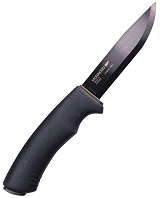
Ferrocerium
Rod Firesteel
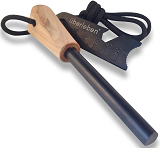
550 Paracord
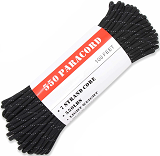
Stainless Steel Canteen
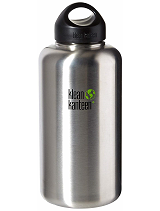
Waterproof
Tarp
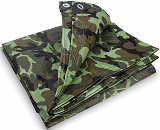
Multitool
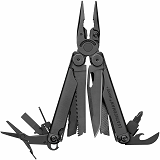
Stormproof Matches
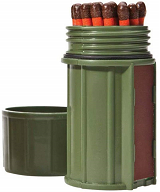
Folding
Hand Saw
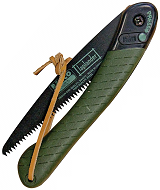
Stainless Steel
Pot
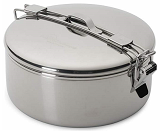
Waterproof
Rain Poncho
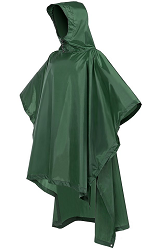
Water
Purification
Tablets
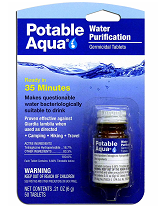
Kukri Machete
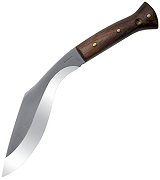
Magnifying
Lens Firestarter
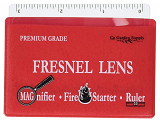
Duct Tape
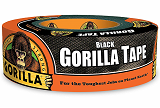
Compass
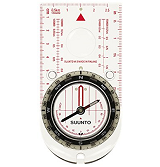
Water Filter
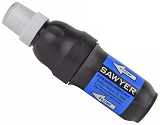
Magnesium
Stick Firestarter
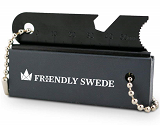
Blade
Sharpener
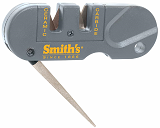
Firestarting
Tinder
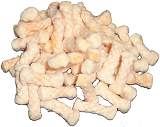
Fishing Kit
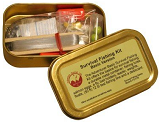

Survival Gear
Fixed Blade Bushcraft Knife

Ferrocerium
Rod Firesteel

550 Paracord

Stainless Steel Canteen

Waterproof
Tarp

Multitool

Stormproof Matches

Folding
Hand Saw

Stainless Steel
Pot

Waterproof
Rain Poncho

Water
Purification
Tablets

Kukri Machete

Magnifying
Lens Firestarter

Duct Tape

Compass

Water Filter

Magnesium
Stick Firestarter

Blade
Sharpener

Firestarting
Tinder

Fishing Kit


Comments (0)